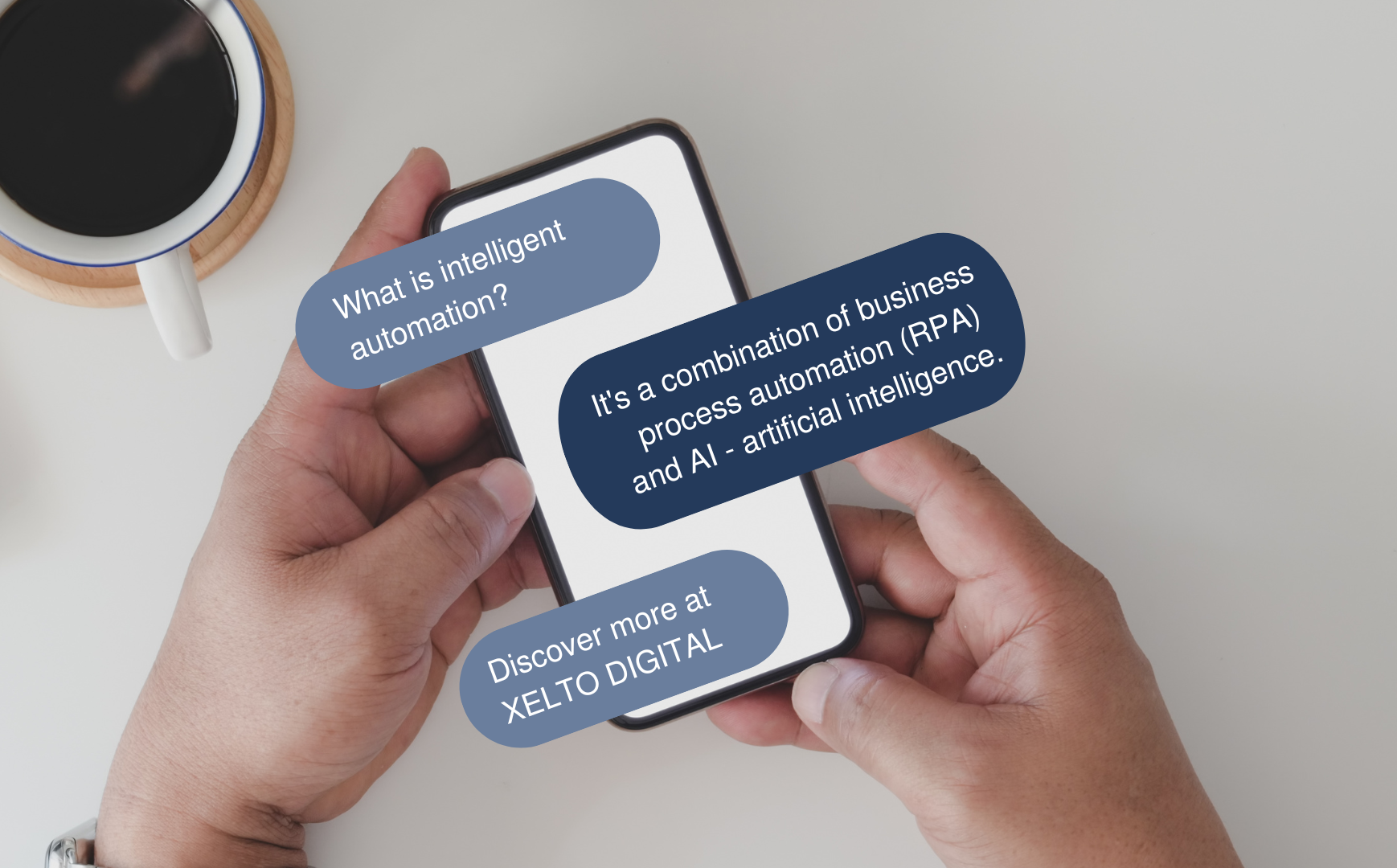US State Department uses RPA for financial reports 🗃️ 🖥️
The U.S. State Department has reduced the processing time for monthly financial reports by using robotic process automation (RPA) from 2 months to just … 2 days! 🤯 🤖
CIO Kelly Fletcher, in an interview with ITModTalks, stressed that the agency is using artificial intelligence, especially in back-office areas, to improve operational efficiency ⏰.
RPA has also been implemented in the area of organizing repatriation flights related to COVID-19. This has been successful:
1️⃣ reduce the number of staff required for repatriation
2️⃣ expedite repatriation for diplomats abroad.
The U.S. State Department is focused on providing the highest quality data to diplomats, a key component of their diplomatic mission. A data-centered culture and the piloting and scaling of artificial intelligence applications, as well as machine learning, are the main goals of the agency’s three-year strategy.
Last April, Dominic Cussatt, then-director of IT at the State Department’s Bureau of Intelligence and Research, mentioned that streaming data through new cloud-based programs could be a breakthrough for providing diplomats with access to the highest quality data ☁️ 📊.
This is an interesting example of how government institutions are using modern technologies such as RPA and artificial intelligence to improve their operations and reduce processing time for critical information.
Find out how you can bring RPA to your company – contact us or schedule a free consultation about automation 💬.











